1. Root Beer
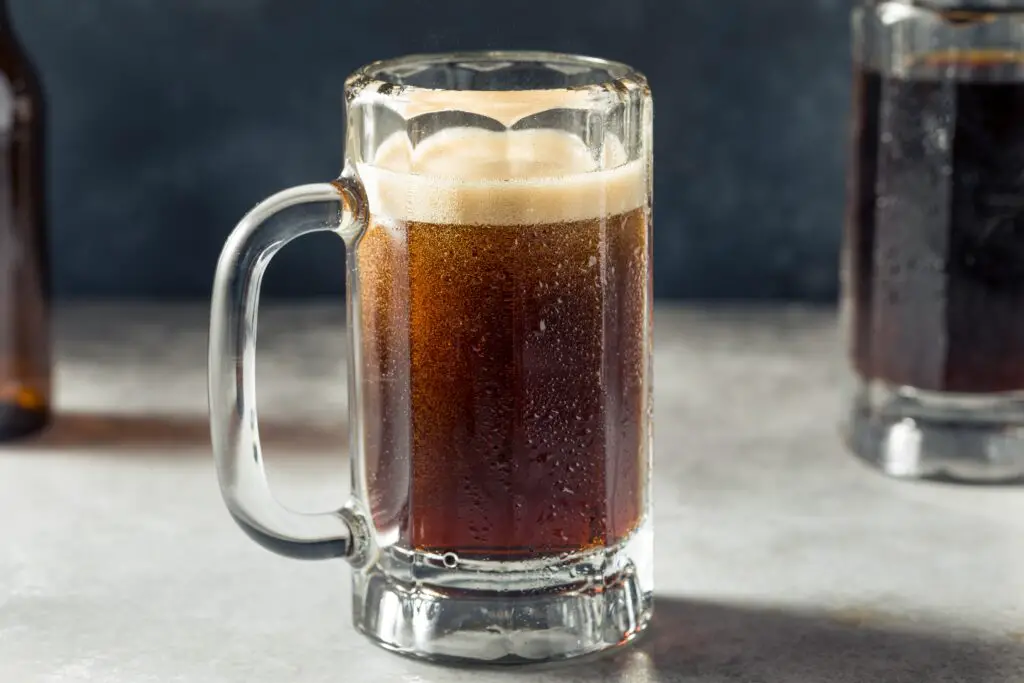
Root beer might be a nostalgic treat for many Americans, but for foreign visitors, it can be downright confusing. Some say it tastes like toothpaste or cough syrup, and they’re not wrong—those strong wintergreen and sassafras notes aren’t exactly common around the world says BuzzFeed.
Many visitors expect it to taste like cola or some kind of sweet soda, so the medicinal twist can be jarring. It doesn’t help that root beer floats are such a big deal here, combining ice cream and that unfamiliar taste into one frothy mystery. Some give it a second try just to be polite, but they rarely reach for a second can on their own. To them, it’s less of a dessert and more of a dare adds the Travel.
2. Grits

If you didn’t grow up in the South, grits can be a hard sell. To the uninitiated, this creamy cornmeal dish often looks like something between mashed potatoes and wallpaper paste says Taste of Home.
Some visitors try it sweet, some try it savory, and many end up confused either way. They don’t always understand why anyone would want to eat a bowl of something that has the consistency of baby food. Even shrimp and grits, a beloved classic, can feel a little too foreign for their taste buds. It’s definitely a texture thing—gritty and smooth all at once, which is a combo that doesn’t work for everyone shares Business Insider.
3. Biscuits and Gravy

To most Americans, biscuits and gravy is a warm, comforting breakfast that tastes like home. But to someone from abroad, it’s a strange mix of dry bread and meat sauce first thing in the morning.
They’re usually expecting sweet biscuits like the kind you have with tea, so the first bite of a flaky biscuit covered in sausage gravy is a total curveball. The gray color of the gravy doesn’t exactly help—it’s not the most visually appealing dish out there. Some get used to it, but others quietly push the plate away after a few polite bites. It’s one of those meals that makes more sense after growing up with it.
4. Corn Dogs

There’s something undeniably American about food on a stick, and corn dogs take that to heart. But the idea of dunking a hot dog in a sweet cornmeal batter and deep frying it is baffling to many visitors.
They’re not sure if it’s supposed to be savory or dessert, and the texture throws them off—crispy on the outside, spongy inside. It doesn’t help that these usually show up at fairs or carnivals, where everything is fried and nothing is explained. Foreign visitors often give corn dogs a shot just to be adventurous, but rarely come back for seconds. It’s not so much about taste as it is about sensory overload.
5. Peanut Butter and Jelly Sandwiches
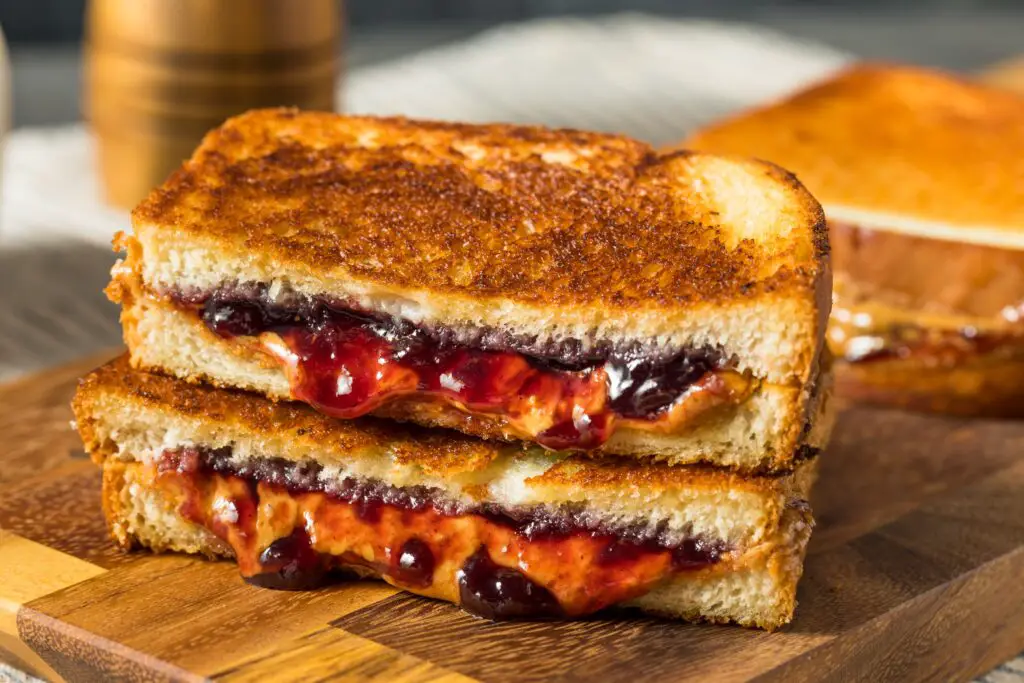
For Americans, PB&J is childhood in a sandwich. But for many visitors, putting peanut butter and jelly together is like mixing oil and water.
Peanut butter is salty and sticky, jelly is sweet and gooey, and to those unfamiliar with the combo, the result just seems off. Some say it tastes better than it sounds, but that doesn’t mean they’ll be making it back home. The texture is hard to love if you’re not used to it sticking to the roof of your mouth. It’s one of those comfort foods that just doesn’t translate well.
6. Jell-O Salads
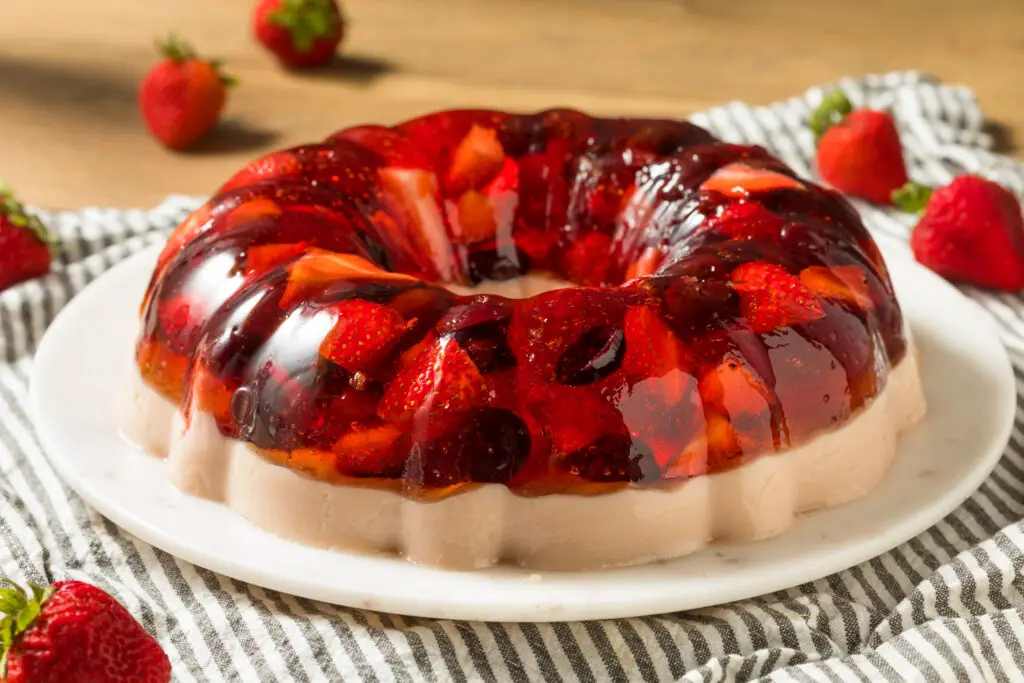
This one really stops people in their tracks. Jell-O alone is weird enough for many guests, but the moment you add vegetables, canned fruit, or even mayonnaise, the confusion turns to fear.
It looks like dessert, wobbles like dessert, and then tastes like… celery? Or tuna? The 1950s may have loved these culinary creations, but most visitors today are left completely baffled. It’s one of the few dishes where even the most adventurous eaters often politely pass. Some even ask if it’s a joke.
7. Velveeta Cheese
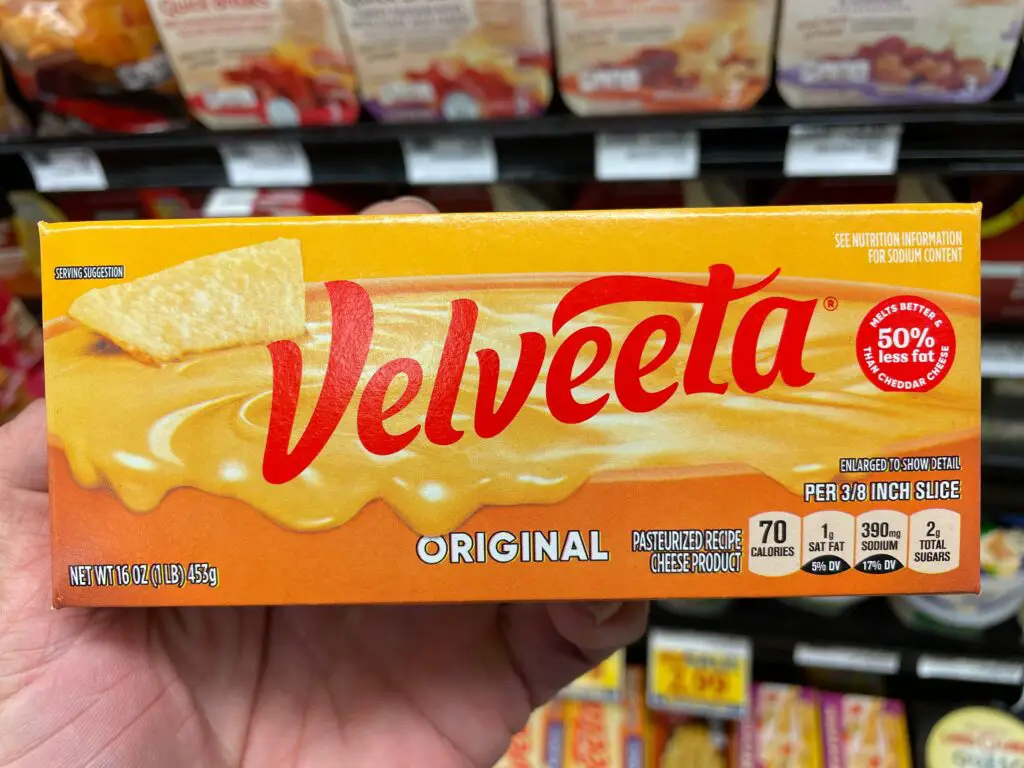
Cheese is loved around the world, but Velveeta is its own special category. It’s not quite solid, not quite liquid, and definitely not something most people outside the U.S. would call “cheese.”
It melts like magic and works wonders in mac and cheese, but its bright orange hue and plasticky texture can raise eyebrows. People expect cheese to age, not come in a foil-wrapped block with a shelf life of forever. Once they learn it’s not technically real cheese, they’re usually done with it. It’s the kind of food that makes them wonder, “Why?” more than “How does it taste?”
8. Meatloaf
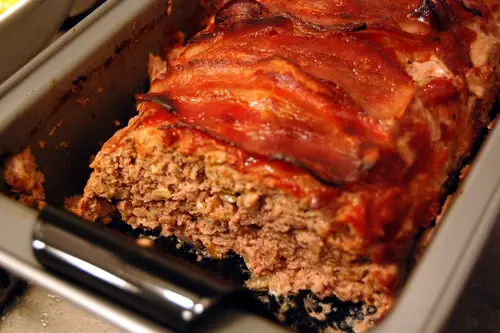
Meatloaf is comforting, classic, and strangely intimidating for some international guests. It looks like a giant brick of mystery meat, often glazed with ketchup, and no one’s quite sure what’s in it.
The name alone doesn’t help—”loaf” isn’t the most appetizing word. While it often tastes better than it looks, the soft, dense texture throws people off. Some compare it to dog food or a leftover casserole gone rogue. It’s one of those foods where the flavor isn’t bad, but the presentation doesn’t do it any favors.
9. Sweet Potato Casserole with Marshmallows
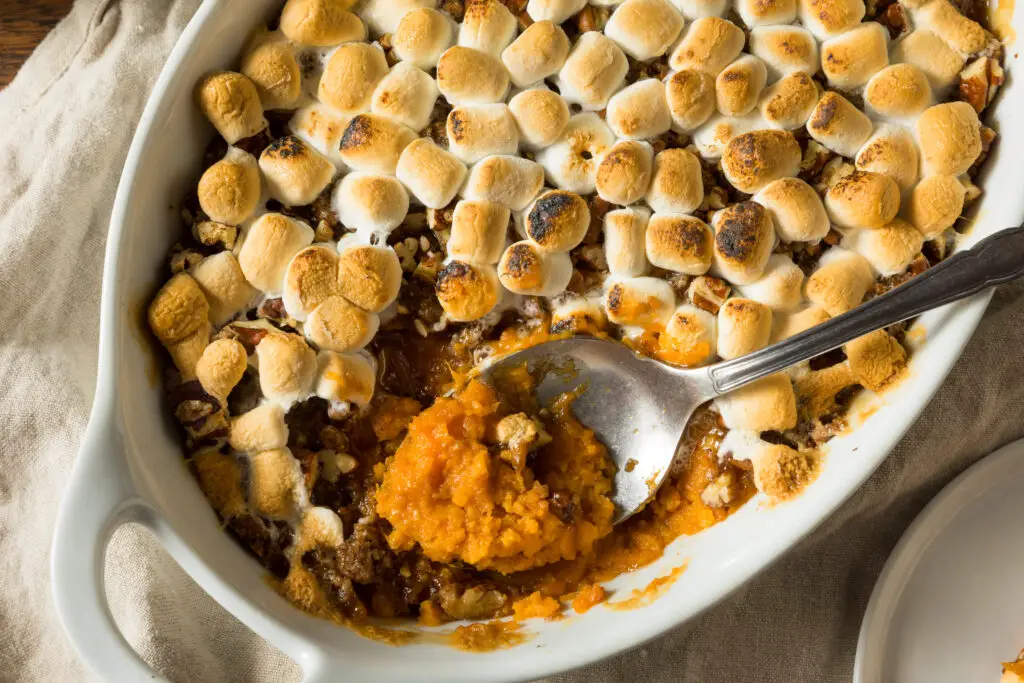
Marshmallows? On a vegetable? This Thanksgiving staple makes almost every foreign guest do a double take.
They might be on board with sweet potatoes, but once you throw on brown sugar and toasted marshmallows, it becomes a dessert in disguise. Many don’t know if they should eat it with the main course or save it for after. The mix of textures—creamy, crunchy, and gooey—just adds to the confusion. For those unfamiliar with American holiday traditions, it feels like a sugary prank.
10. Sloppy Joes
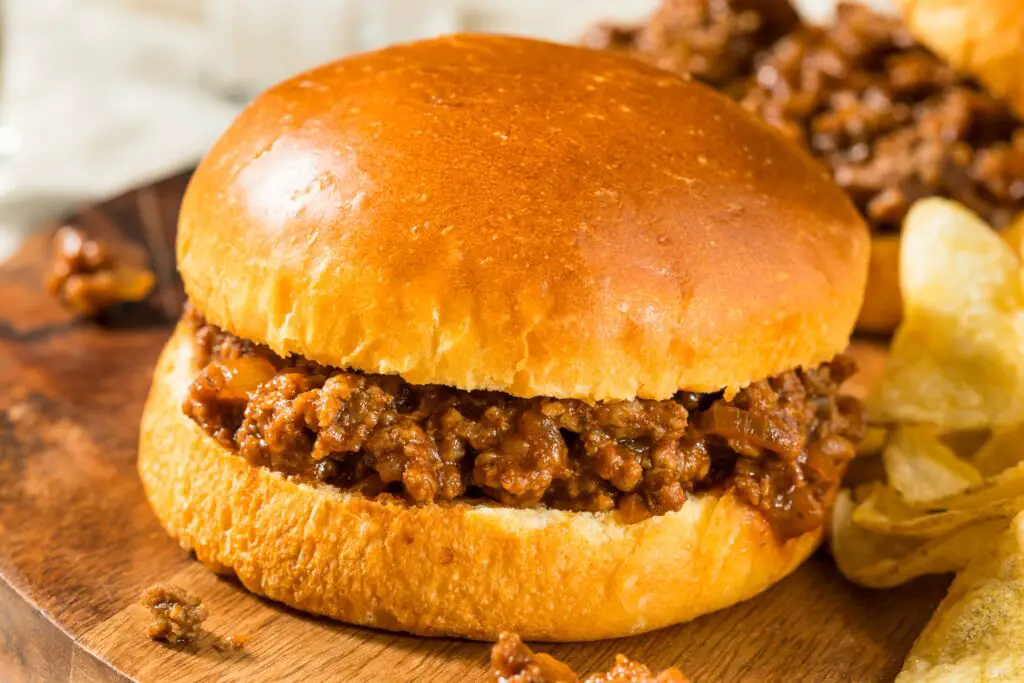
The name doesn’t exactly scream “fine dining,” and the appearance doesn’t help. Sloppy Joes are loose meat sandwiches drenched in tomato-y sauce, and to many visitors, they just look like a mess.
Some wonder if it’s unfinished spaghetti sauce that ended up on a bun. The sweetness of the sauce is also unexpected, especially for a meat dish. While Americans grew up eating them at school lunches, foreign guests usually just try to figure out how to eat one without making a disaster. They don’t always succeed.
11. Cheez Whiz

Cheez Whiz is the kind of food that makes people stop and read the label—then read it again, just to make sure. It’s cheese in a can, and the idea of spraying it onto crackers or directly into your mouth is just… alarming to many.
It’s bright, shiny, and totally artificial, which is part of the charm for some and the horror for others. The taste is tangy and salty, but not really cheesy in any traditional sense. Visitors often ask, “Is this real?” and get nervous when the answer is basically “not really.” It’s fun in a kitschy way, but not something most foreign travelers ever plan to revisit.
12. Chicken and Waffles
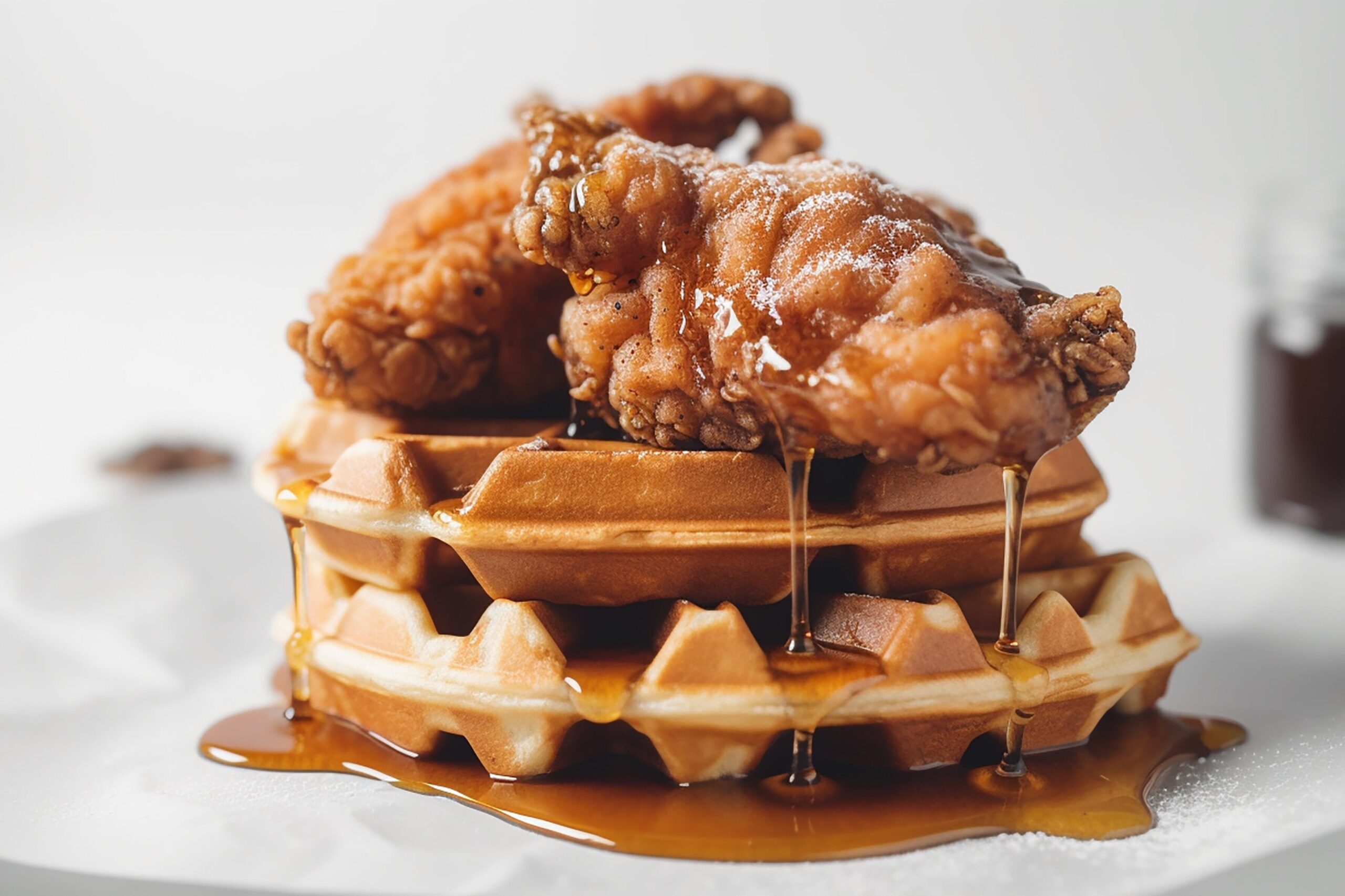
Chicken and waffles sound like two meals that got mixed up on the way to the table. One is savory and crunchy, the other is soft and sweet—and to a lot of international visitors, that’s just plain weird.
The maple syrup doesn’t help with the confusion, especially when it soaks into the crispy chicken skin. Some find the contrast delicious, but others can’t wrap their heads around why it exists in the first place. It’s the kind of food that feels like a late-night invention gone mainstream. Still, it’s a uniquely American combo that continues to baffle newcomers.
13. Casseroles
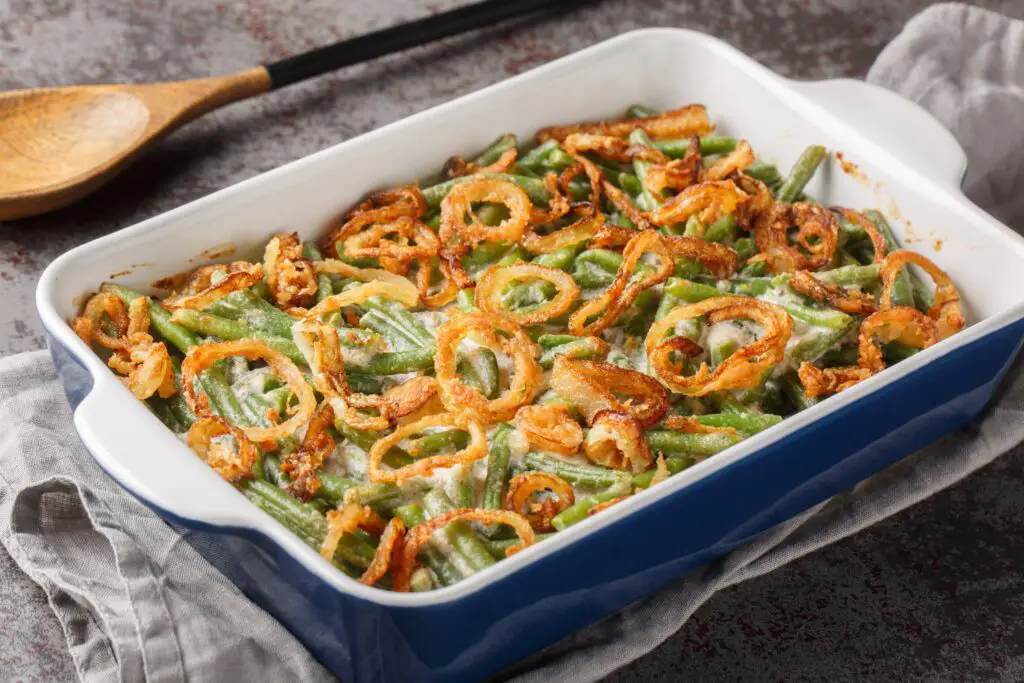
Casseroles are the go-to solution for feeding a crowd, but to foreign visitors, they often look like chaos in a dish. Tuna noodle, green bean, taco casserole—each one is different, and almost all of them are a surprise.
There’s usually a lot going on: pasta, meat, vegetables, cream-of-something soup, maybe some breadcrumbs or cornflakes on top. It’s comfort food, yes, but also a bit of a gamble. Many guests don’t know what they’re biting into until it’s too late. It’s not that casseroles taste bad—they’re just a little too mysterious for comfort.
14. Tater Tot Hotdish

In the Midwest, tater tot hotdish is a beloved staple, especially at potlucks and family dinners. But for visitors unfamiliar with it, the whole concept can feel bizarre. You’ve got a layer of ground beef and canned soup, topped with frozen tater tots that crisp up in the oven—and somehow, that counts as a main course.
The name alone raises eyebrows, especially the word “hotdish,” which doesn’t really exist in most places outside Minnesota. The whole thing looks like it was thrown together by a sleep-deprived college student. While the crispy tots are often a hit on their own, the creamy, mushy layer beneath them can turn off people who prefer their food to have clear boundaries. To them, it’s more like a surprise than a meal.
15. Kool-Aid Pickles

Yes, this is real. Known as “Koolickles” in the South, these are pickles soaked in Kool-Aid, turning them neon red or purple with a strangely sweet-and-sour flavor. The idea of mixing sugary drink mix with vinegar-soaked cucumbers is baffling enough—but biting into one? That’s next-level culture shock.
The flavor combo is incredibly bold, and not in a way most people from outside the U.S. are prepared for. It’s a sensory overload: briny, tangy, and candy-sweet, all in one bite. Some love the novelty, others find it downright confusing. One thing’s for sure—no one forgets their first Koolickle.
16. American Cheese Singles
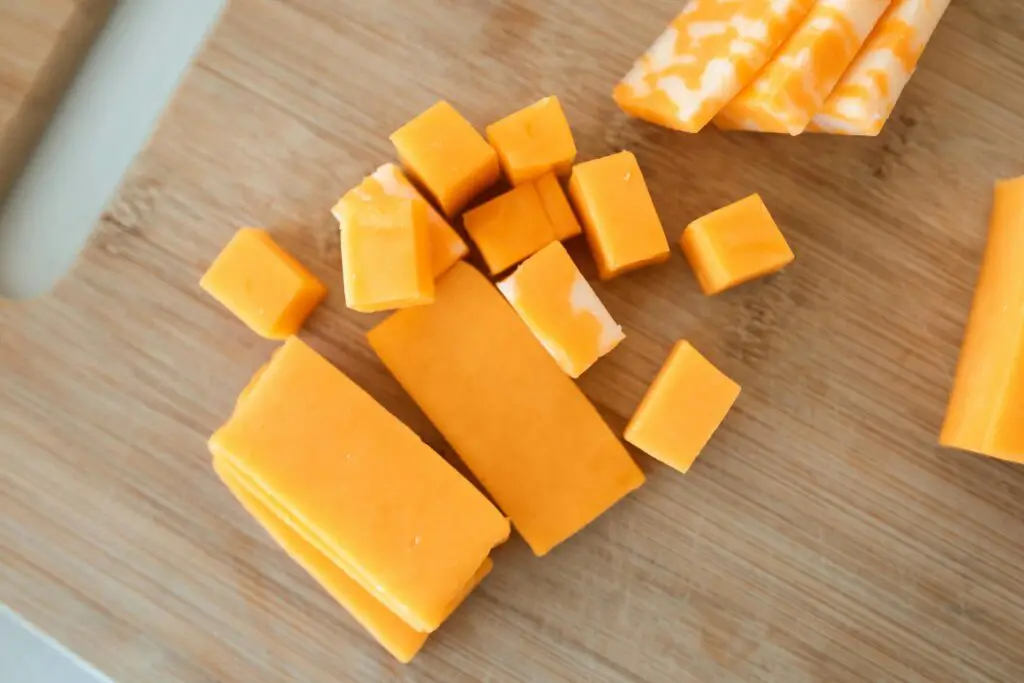
They’re a lunchbox classic and a grilled cheese essential, but to many visitors, those individually plastic-wrapped slices barely qualify as cheese. They melt beautifully, sure, but they don’t smell, taste, or feel like any cheese found in Europe or Asia.
The texture is oddly rubbery, and the fact that they never seem to spoil makes people question what’s really in them. American cheese singles are one of those foods people often eat ironically after they’ve read the ingredients list. They may not offend the palate as much as some others, but they definitely leave visitors puzzled.
17. Fried Butter
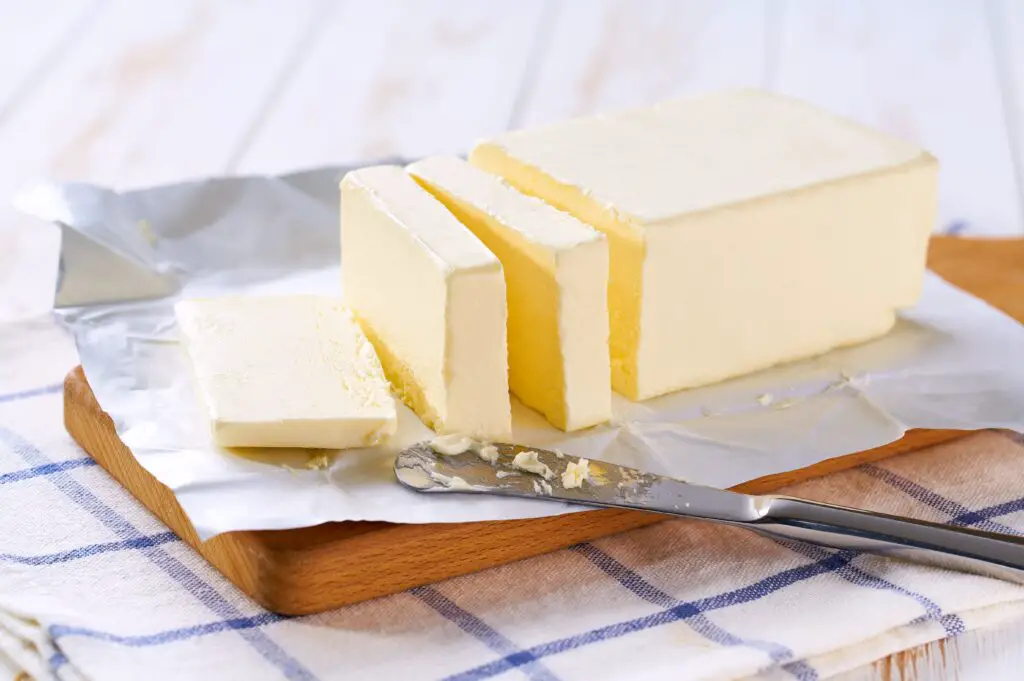
If you’ve never been to a state fair, this one sounds like a joke. But yes, fried butter is a thing, usually served on a stick and coated in a sweet batter that turns crispy around the molten center. The first reaction from most visitors is a nervous laugh followed by a genuine question: “Is that legal?”
Once bitten into, it basically melts in your mouth like a greasy, sugary lava. It’s more about shock value than flavor, though some people really do enjoy the richness. For guests from countries that pride themselves on moderation, fried butter feels like a deep-fried cry for help.
18. Bologna

This sandwich meat has been a lunchbox staple for generations, but for many visitors, it’s a mystery meat that seems to defy explanation. It’s pink, rubbery, and oddly uniform in texture and flavor. And when it’s fried? Even more baffling.
Foreigners used to cured meats or freshly sliced deli options often don’t know what to make of a bologna sandwich, especially when paired with white bread and mayonnaise. It’s not that it tastes bad—it just tastes like… nothing. For those raised on prosciutto or salami, bologna feels like the low-budget imposter of the lunch meat world.
19. Pumpkin Pie
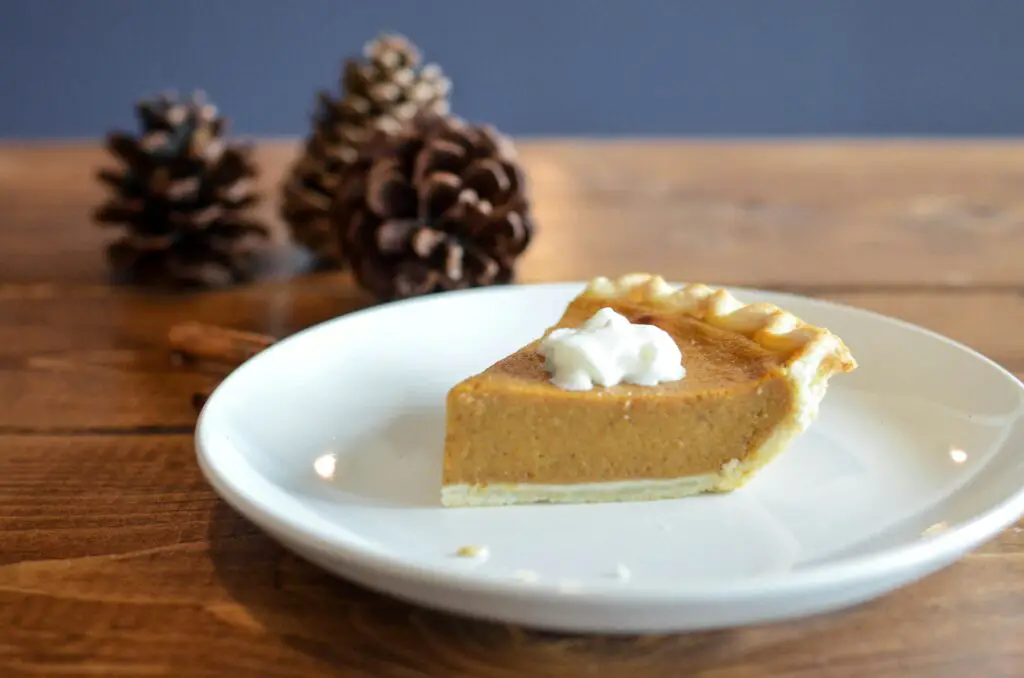
Pumpkin is used in savory dishes in many cultures, but sweet pumpkin? That’s where things get tricky. Pumpkin pie shows up every Thanksgiving, and to American taste buds, it’s rich, creamy, and full of warm spice. But to visitors, it can be a head-scratcher.
They don’t expect a vegetable to be turned into dessert, especially when the texture is so custard-like and the flavor so heavily spiced. Some compare it to baby food in a crust, while others admit it’s not bad once you get past the idea of sweet squash. It’s one of those foods you either grow up with—or never fully get.
20. Spray Whipped Cream

There’s something undeniably fun about Reddi-wip, especially when sprayed straight from the can onto a slice of pie—or directly into your mouth. But for international guests, the novelty wears off quickly. It’s whipped cream, but it’s also pressurized and shelf-stable.
The texture is light and airy, but it can feel artificial, especially when compared to the rich, homemade whipped cream common in other countries. It’s not uncommon to hear someone say it “tastes like foam.” Add in the playful, almost childish delivery system, and it starts to feel less like food and more like a party trick.
